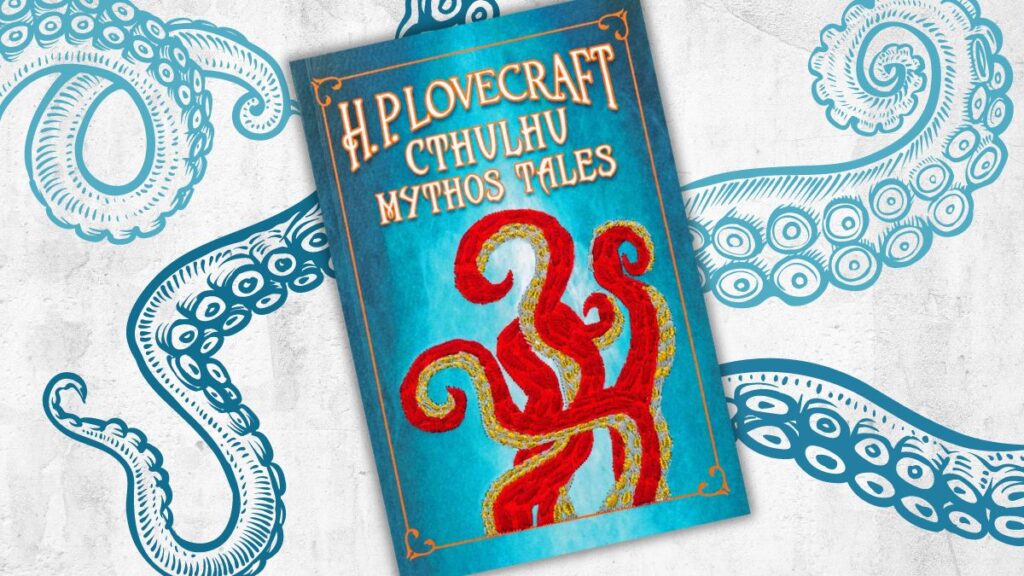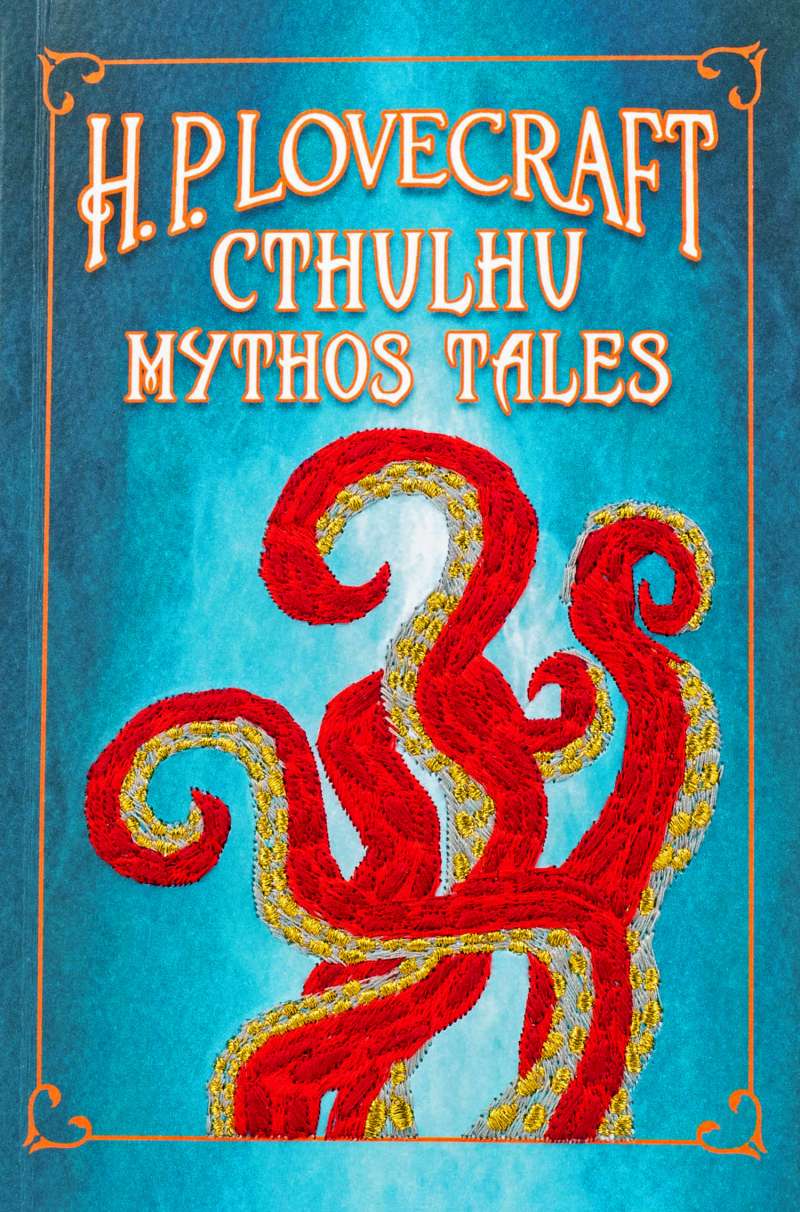By Brian Boone
How pioneering of a writer in the genres of horror and science-fiction was H.P. Lovecraft, exactly? Dozens of standard tropes, plots, character types, ideas, and cliches, all originated in the works of Lovecraft (1890-1937). Here’s how horror and sci-fi literature (and movies and TV) were impacted by the author.
Add our complete collection of H.P. Lovecraft's classic horror tales to your library today.
Concept: That weird and creepy small town? It’s that way because it was built on a gateway to the supernatural, fantastical, or unspeakable.
Examples: Eureka, Buffy the Vampire Slayer, Stranger Things, Twin Peaks, Welcome to Nightvale
Lovecraft: Arkham, a “very old town full of witch legends,” recurs through the works of H.P. Lovecraft. All kinds of weird things can be found there, like ghouls, zombies, a brain-grabber, a four-dimensional house, a ghoul-filled graveyard, and the terrifying ancient forces known as the Great Old Ones.

Concept: The dead are brought back to life, but not quite right. Unpredictable, wicked, and ever in pursuit, they’re just, well, zombies.
Examples: Night of the Living Dead, The Walking Dead
Lovecraft: The 1921-1922 serialized story “Herbert West-Reanimator” is among the first ever literary takes on the revived dead, depicting zombies as wildly unpredictable and monstrous.
Concept: The protagonist’s trusted friend and cohort wasn’t real, or at least visible to others.
Examples: Fight Club, Black Swan, Adaptation, The Three Faces of Eve
Lovecraft: In “Hypnos” (1922-23) the narrator’s friend is but a marble statue upon which he imbued a personality.
Concept: A monster grows hungry or evil in the dark because light can destroy them.
Examples: Gremlins, most vampire fiction
Lovecraft: The 1935 short story “The Haunter of the Dark” features a monster that retreats or falters at light…of which there isn’t much after a storm kills the electricity.

Concept: The magnificent or horrific events of the plot are revealed to have been a dream…until the protagonist finds a physical artifact from their adventures hinting that everything that occurred really did happen after all.
Examples: Mary Poppins (the chalk-land sequence), Michael Jackson’s “Thriller” video (when he flashes the cat eyes), The Nutcracker
Lovecraft: In “The Last Test” (1928), Georgina wakes up from a horrible dream that her brother is a murderer and grotesque experimenter. Then she sees her brother at work.

Concept: Be careful when you drive too far out of the safe confines of the city or the suburbs because you might run afoul of rural, forest, or mountain folk—who just want to maim, torture, kill, and eat you.
Examples: Wrong Turn, House of 1,000 Corpses, The Texas Chainsaw Massacre, Children of the Corn
Lovecraft: The odd locals in “The Lurking Fear” (1922) are the descendants of inbred cannibals. In The Shadow Over Innsmouth (1931) the residents of a remote fishing village are fish people.
Concept: What a character observes with their own eyes is so tough to believe that they counterintuitively remove their glasses, as to get a better, unimpeded view of the situation.
Examples: Too numerous to count.
Lovecraft: In the story “The Curse of Yig” (1929) the horrors are such that the character of Dr. McNeill “removed his glasses, as if a blurring of the objective world might make the reminiscent vision clearer.”
Many of these stories – and other chilling works of unspeakable terror—can be found in H. P. Lovecraft Cthulhu Mythos Tales, available now with a gorgeously embroidered cover from Canterbury Classics.









